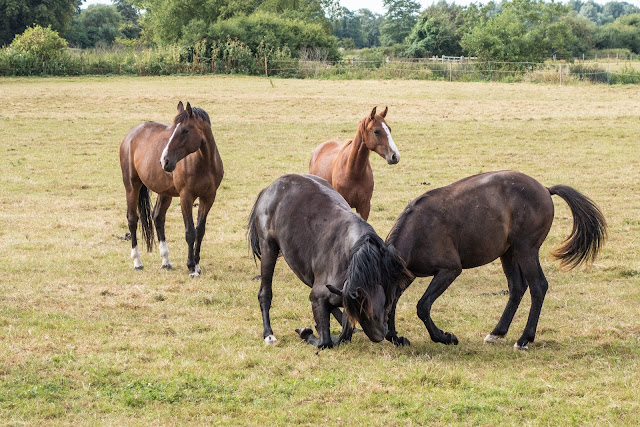Beautiful Bude in North Cornwall

Day one of our holiday dawned with some cloud about, but a promise of sunshine. So today, a visit just along the coast to Bude, another place I have not visited. Bude is Cornwall's most northern town and has been a popular seaside resort from Victorian times. In the l9th Century, the town was notorious for wreckers who plundered ship wrecked off the coast - over 80 vessels in the fifty year up to 1874. Not today, just tourists wrecking the place! Bude has some good surfing beaches and was the site of the first life Saving Club. Today there were a few hardy souls trying to catch the waves. Mind you, I should be impressed by anyone who can surf, as I cannot even swim! Next, some images of the beach huts. I just love the colours. Watching the surfers, and anything else that moved, were these two Ravens. To quote the RSPB site "The raven is a big black bird, a member of the crow family. It is massive - the biggest member of the crow family. It i




